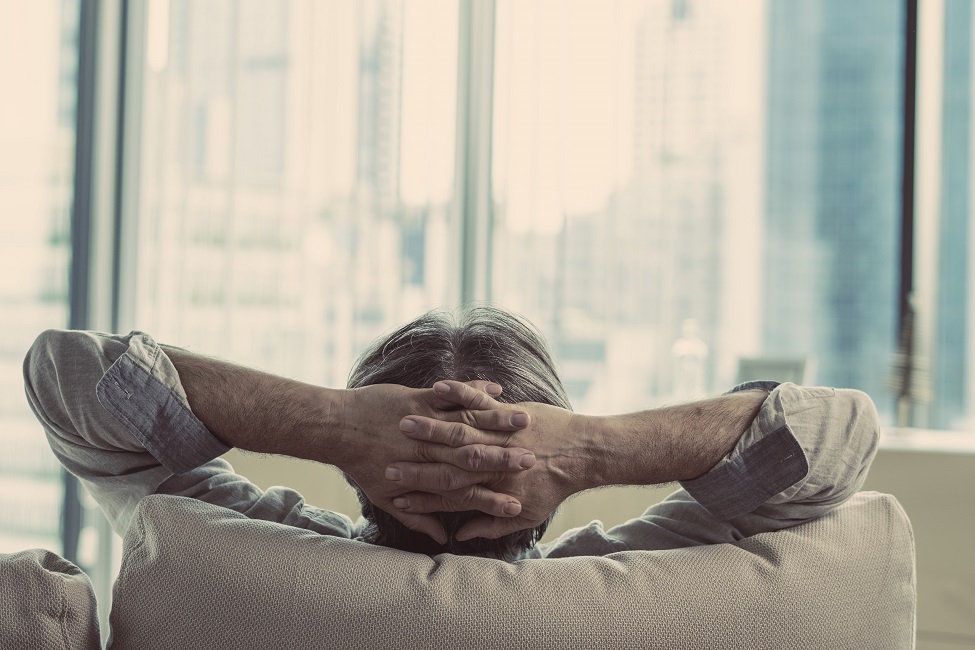Older Adults Need More Than Knowledge and Clichés to Stay Active

About 40 percent of Americans 75 and older are entirely inactive.
The importance of physical activity is well recognized by both science and the public. Yet, more than 80 percent of adults in the United States fail to meet the U.S. Centers for Disease Control and Prevention’s “Physical Activity Guidelines for Americans,” which recommends at least 150 minutes of moderate intensity or 75 minutes of vigorous-intensity physical activity per week. Moreover, 40 percent of Americans over the age of 75 are entirely inactive.
Little is known about factors that are associated with increasing, sustaining, or declining physical activity levels over time, which is necessary to achieve and maintain the long-term benefits of being physically active. In older adults especially, these trends are poorly understood.
A study by Florida Atlantic University’s Christine E. Lynn College of Nursing and collaborators explored what drives older adults from diverse backgrounds to start or sustain physical activity and what prevents them from doing so. The bottom line: knowledge and old clichés alone aren’t enough.
Researchers interviewed a sample of African Americans, European Americans and Afro-Caribbean Americans over the age of 60 to gauge whether their physical activity levels were sustained or if they declined over time. Study participants were asked if they had made any changes in their level of physical activity during the last several years (two to three years); if they think they should be more physically active than they are and why or why not; and what if anything, makes it difficult to make or sustain a change in their activity level.
Results of the study, published in the journal Geriatrics , showed that overall, 55 percent reported that they were less physically active than they had been two to three years ago; 37 percent reported the same activity level; and a very small number, (8 percent) reported an increase in physical activity. The reduction was more prevalent among African Americans. For those who sustained or increased their activity levels, the main reasons were to meet personal goals, to sustain health, and pride in remaining active. In those who reported a decline in physical activity, the main reasons were related to health issues, lack of time, interest or motivation. Individuals struggling to sustain physical activity, those wishing they could do more, and those with existing physical barriers to activity often mentioned pain and fatigue related to existing conditions.
Findings from the study suggest that people who understand and value remaining physically active are more likely to make a conscious effort to sustain their activity levels at an older age despite barriers such as pain and declining physical function. The results also suggest that others need guidance as to how they can continue being active despite pain, fatigue, and other physical and emotional barriers and assistance in identifying meaningful personal goals for sustaining physical activity.
“Our study highlights the inadequacy of a general ‘exercise is good for you’ message and the importance of having personal, meaningful goals for remaining active and overcoming the physical and emotional barriers noted by our participants,” said Ruth Tappen, Ed.D., R.N., senior author and the Christine E. Lynn Eminent Scholar and professor in the Christine E. Lynn College of Nursing and a member of the FAU Stiles-Nicholson Brain Institute and FAU Institute for Human Health and Disease Intervention (I-HEALTH). “Our findings add to and reinforce calls for a re-framing of our approach to physical activity for older adults. From encouragement of a lifetime of physical activity to individual tailoring of the physical activity assessment and prescription, there is still much to learn and to do to help older adults sustain their physical activity through the later years.”
Based on the findings, the researchers suggest that trainers talk with older adults to find out why they want to exercise, what they hope to achieve, and help them to focus on and remember their goals. Trainers also can review and remind older adults of the health benefits of physical activity and acknowledge their efforts. Moreover, special efforts should be made to promote physical activity among older African Americans because they appear to have a higher rate of decline of physical activity levels over time.
“Ideally, exercise programs and educational initiatives should begin in childhood. In our experience with exercise intervention studies with older adults, the strongest predictor of those who are likely to continue and complete the programs are those who say they used to exercise when they were younger,” said Tappen. “One participant in our study who was unhappy with current activity levels expressed this sentiment, ‘If I had known I would live this long, I would have taken better care of myself.’ Providing younger adults with positive expectations of activity in aging could be useful in sustaining engagement in physical activity over a lifetime.”
Study co-authors are Edgar Ramos Viera, Ph.D., Nicole Wertheim College of Nursing, Florida International University; Sareen S. Gropper, Ph.D., R.D.N., professor; David Newman, Ph.D., associate professor and statistician; and Cassandre Horne, a graduate student; all with FAU’s Christine E. Lynn College of Nursing.
This research was funded by the Healthy Aging Research Initiative (HARI), FAU, and the Retirement Research Foundation (Sponsored Programs #N11-053, Grant #180250).
-FAU-
Tags: nursing | research | faculty and staff